Will The Hydrangeas Bloom This Summer?
Will The Hydrangeas Bloom This Summer?
Plus other questions that Cape homeowners are asking this spring.
Having passed the spring equinox, most Cape Cod residents feel confident that we’ve turned the corner and winter is over. Although much of the winter was mild, there was a very cold period in December and an overnight plunge in temperatures in early February, 2023. Those rollercoaster temperatures are harder on plants than a steady decline in early winter and a gradual rise in the spring. Many have noticed browned leaves, dead branches and other signs of winter damage, and they wonder if the the blue Hydrangeas will flower this summer. Here are the questions Cape gardeners are asking.
Q. It went below zero degrees in February…did this hurt my plants?
A. About every seven or eight years, the Cape has a winter where the temperatures plunge for short period of time. Some plants tolerate this pretty well, but others are damaged or even killed. In March it’s too early to know which plants have been harmed, but we know from similar winters in the past that plants that often suffer the most include butterfly bush (Buddleja davidii), roses (Rosa varieties), heath and heather (Erica and Calluna), crape myrtle (Lagerstroemia indica), and lavender (Lavandula angustifolia). If you see that these plants have browned, show dead branches, or have died to the ground, those frigid temperatures are to blame.
Wait until late May to see if your shrubs have died completely or only have some areas of damage. If there is life in the roots or base of the plant, you’ll see green growth by the end of May.
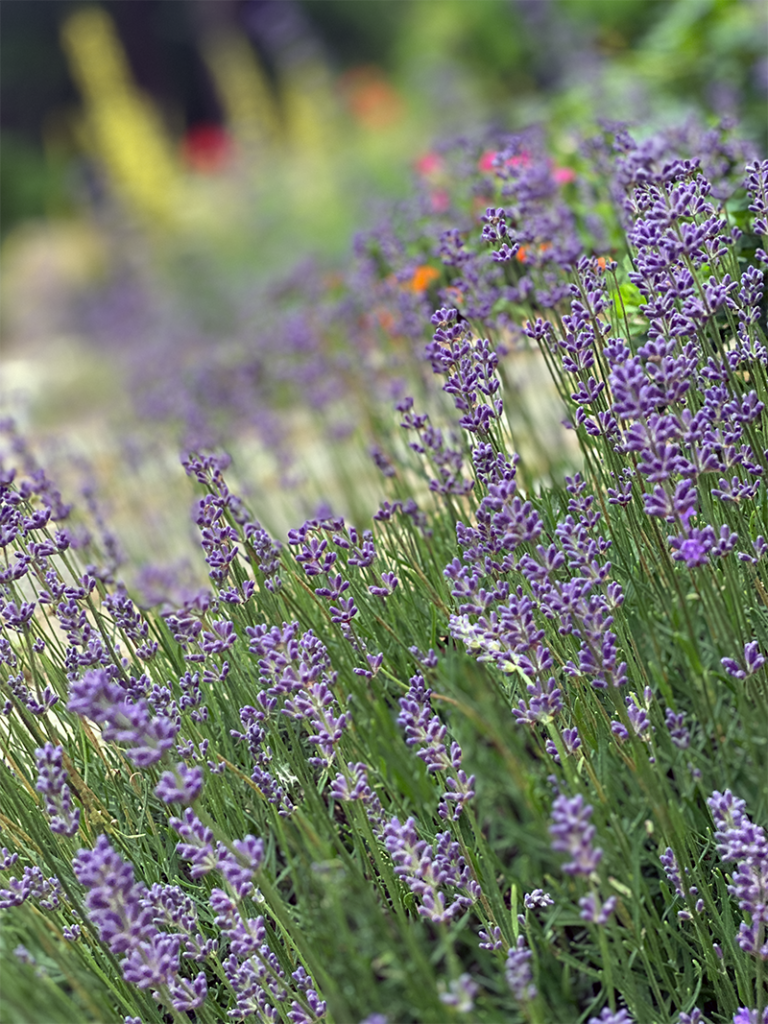
Q. I see branches with dead leaves on my evergreens. Should I cut these off?
A. We typically notice winter damage between the end of March and late May. You may be seeing individual stems or branches on Leyland cypress and Rhododendrons that have turned brown. If those branches haven’t started producing new leaves by the end of May, they are probably dead. Even before then, if you bend a branch and it snaps instead of curves, that’s a sign that it’s gone and can be cut off. Some plants, such as boxwood (Buxus), leucothoe (Leucothoe axillaris), cherry laurels (Prunus laurocerasus) may have damaged leaves but the stems are still viable. These can be trimmed to remove the outer, damaged foliage and stimulate new growth.
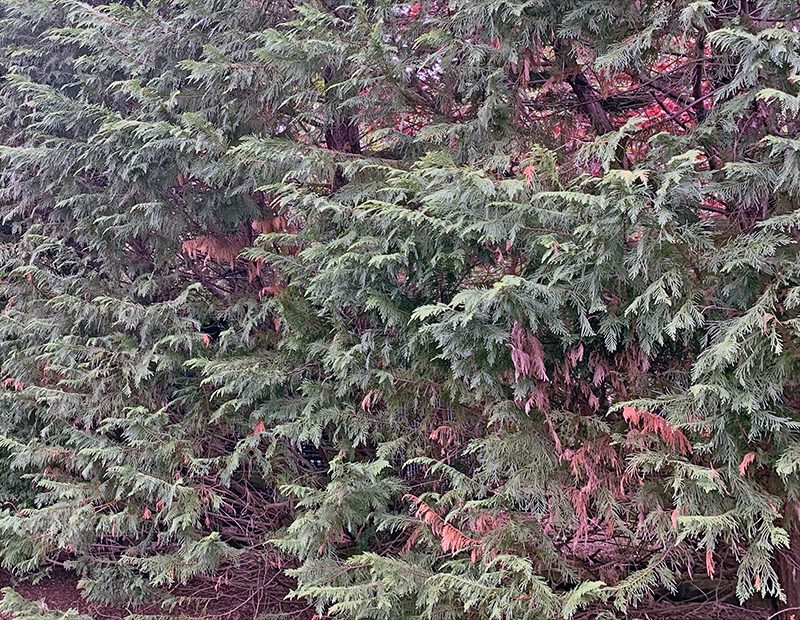
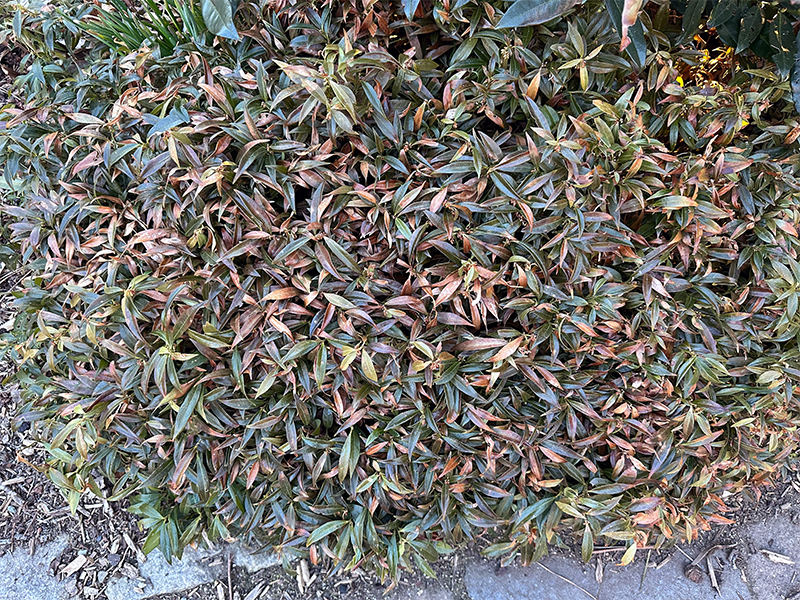
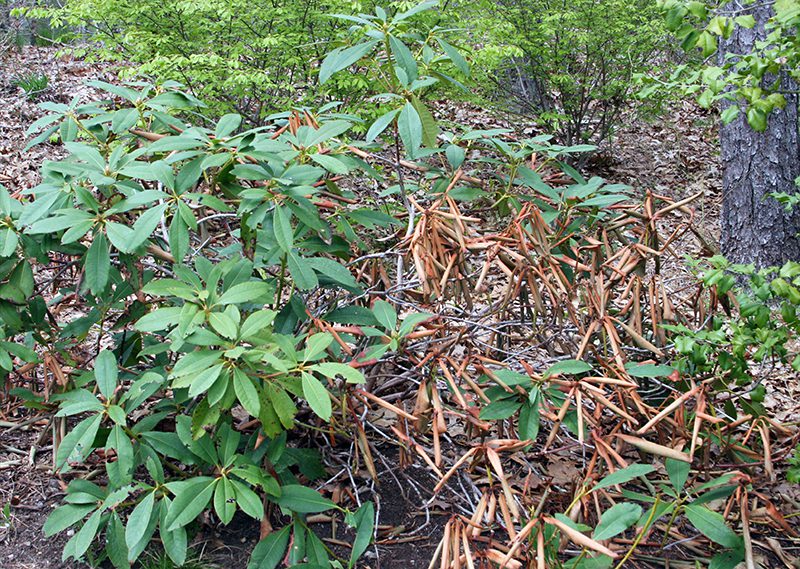
Q. Most of my Rhododendron is gone. Can I cut this way back?
A. If there is any life in this plant, it should come back from the roots. If you see green leaves near that base, that’s a good sign. Remove any of the plant that’s clearly dead, and spread a bag of compost such as Quoddy Blend on the surface of the soil around the stumps. Water the plant well once a week through the summer if we haven’t had a good rainfall. If there is still life in the roots, it will produce new stems over the summer.
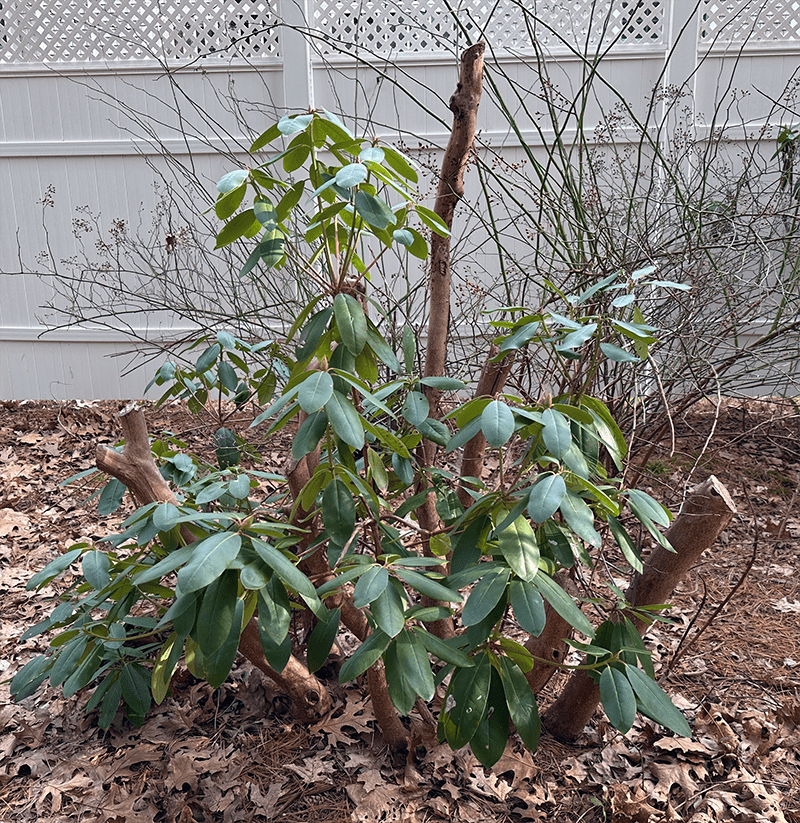
Q. What should I do with the perennials that look bad right now?
A. If leaves on your perennials have been damaged, clip them off. This is typically needed on perennials that keep their leaves all winter, such as coral bells (Heuchera varieties) and hellebores (Helleborus sp.. Leaves that still look good and appear to be capable of photosynthesis can be left in place.
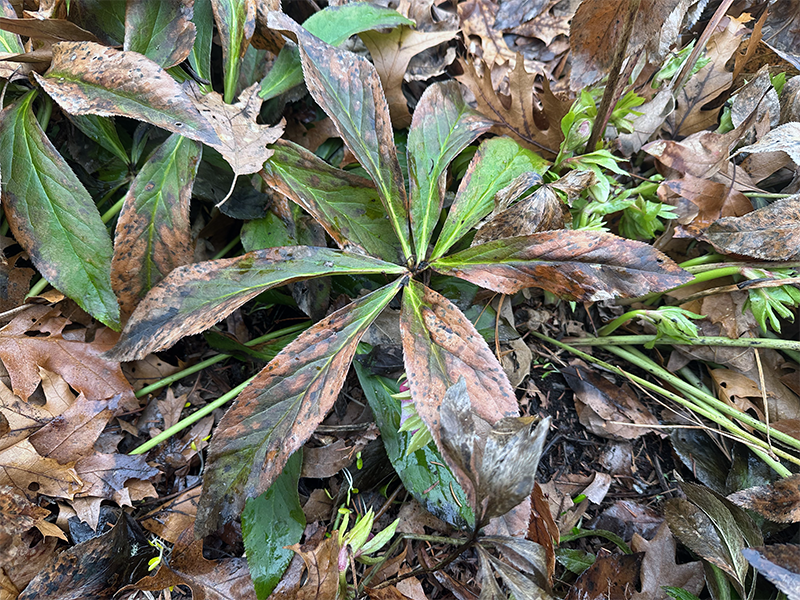
Q. Will my blue Hydrangeas flower this year?
A. This is the question that all Hydrangea lovers are asking, and right now it’s too soon to tell if the cold of the winter has damaged this summer’s flowers. Hydrangea buds that were formed on the stems last summer are typically killed when the temperatures fall below 10° F. so it’s likely that many of these buds were zapped this winter. It’s too early to know for sure, however, and some of the more bud-hardy varieties in some locations might still produce flowers. Wait until mid-May to prune your hydrangeas. The buds that appear black in April often turn green and open in May. If the canes on your plants remain bare by the end of May, you can cut them off. The shrub will produce new stems from the ground. If that Hydrangea is one of the remontant varieties such as Endless Summer or Penny Mac it will make some flowers in the fall on those new stems. If it’s not a remontant type, it will bloom next summer provided those new canes and buds make it through the winter.
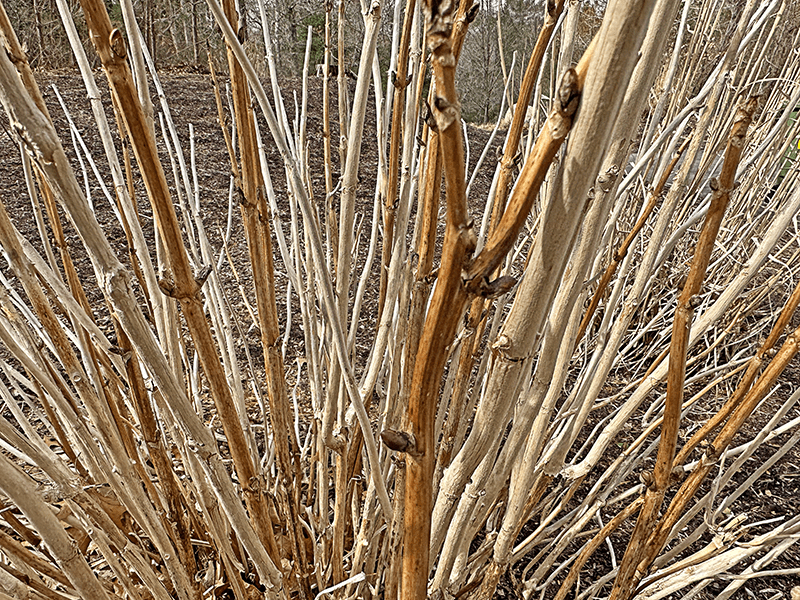
If it looks like your Hydrangeas won’t flower much this summer, consider planting extra annuals around them for pops of color. Pick up a couple of new Hydrangeas that are in flower and either plant them in the garden or in containers for your porch or deck. You can still have a flower-filled summer, even when Cape Cod’s signature plant isn’t blooming well.
2 Comments
Leave a Comment
Subscribe To Our Newsletter
Sign up for our weekly email about sales and events.

Dear Sir / Madam,
Leaves on my rhododendron turned very light green or almost yellow at the end of this winter. What can be the reason
for that and should I do something to fix this ?
Thank you.
Alex Berestesky
Alex,
It’s typical for some Rhody’s to have yellow foliage at this time of year…some types are just prone to this. You may be seeing more of it this year because these plants went into the winter stressed from last summer’s drought. You can help by applying a thin layer of compost on the surface of the soil all around the plant under the drip-line and slightly beyond. If you haven’t fertilized this area in awhile, a light application of Hollytone will be beneficial as well, and you would scatter that before you spread the compost.